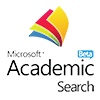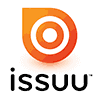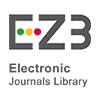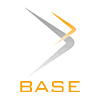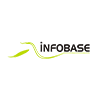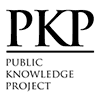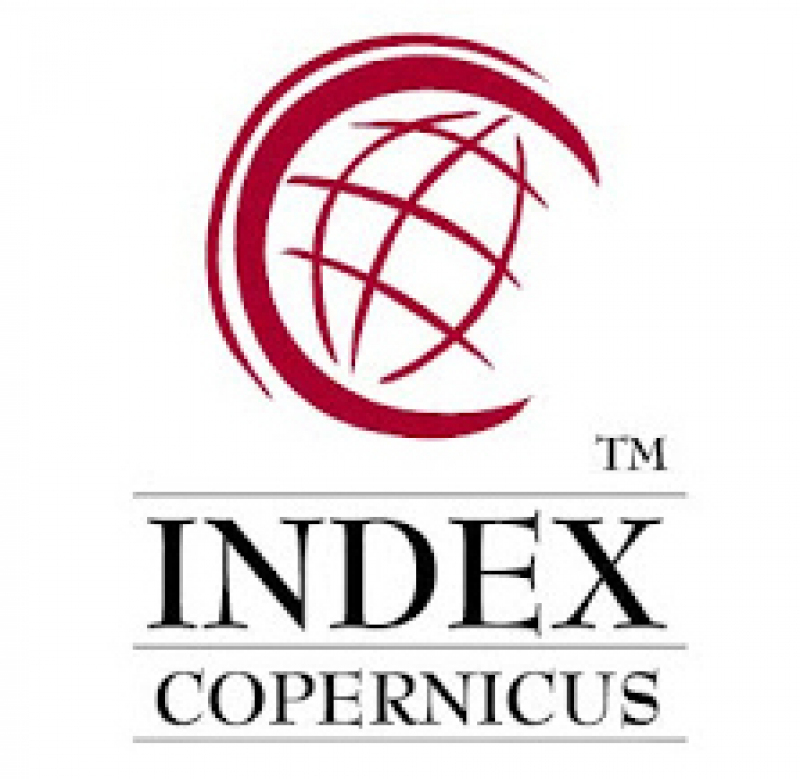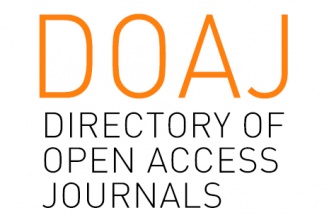The Use of Technology in Education to Engage English Language Learners at Class X MA Jihadul Ummah Waker
Abstract
In the digital age, integrating technology into education has become essential, especially for language learning. This study examines how technology influences the motivation of students learning English in Class X at MA Jihadul Ummah NW Waker, a rural Islamic high school in Central Lombok, Indonesia. This study aims to analyze the impact of technological tools on student engagement, identify the types of technologies used in the classroom, explore student and teacher perceptions of technology, and examine the challenges of implementing technology in under resourced environments. A qualitative descriptive approach was used to collect data through classroom observations, semi-structured interviews with two English teachers, and field notes over a two-month period. The findings reveal that integrating digital tools, such as videos, projectors, and interactive platforms, significantly increased student engagement and transformed classroom dynamics. Even minor technological interventions sparked enthusiasm and encouraged participation, especially among typically passive students. Despite infrastructure limitations, both teachers and students responded positively to technology enhanced learning. The study concludes that the thoughtful use of technology can foster a student center environment that enhances motivation and supports English language development in rural contexts. These results underscore the importance of teacher training, accessible digital resources, and sustainable strategies for incorporating technology into language education.
Keywords
Full Text:
PDFReferences
REFERENCES
Ahmadi, M. R. (2017). The impact of motivation on English language learning. International Journal of Research in English Education, 2(1), 10–17.
Becker, H. J. (2000). Findings from the teaching, learning, and computing survey: Is Larry Cuban right? Education Policy Analysis Archives, 8(51), 1–31. https://doi.org/10.14507/epaa.v8n51.2000
Bennett, S., Maton, K., & Kervin, L. (2008). The ‘digital natives’ debate: A critical review of the evidence. British Journal of Educational Technology, 39(5), 775–786. https://doi.org/10.1111/j.1467-8535.2007.00793.x
Bull, G., & Ma, J. (2001). A look at technology’s role in professional development of teachers. The Journal, 28(9), 28–31.
Clements, D. H., & Sarama, J. (2003). Strip mining for gold: Research and policy in educational technology. AACE Journal, 11(1), 7–69.
Davies, G., & Hewer, S. (2012). Introduction to new technologies and how they can contribute to language learning and teaching. ICT4LT. http://www.ict4lt.org
Deci, E. L., & Ryan, R. M. (2020). Intrinsic motivation and self-determination in human behavior. Springer.
Dörnyei, Z. (2021). The L2 motivational self system. In Z. Dörnyei & E. Ushioda (Eds.), Motivation, language identity and the L2 self (pp. 9–42). Multilingual Matters.
Eady, M. J., & Lockyer, L. (2013). Tools for learning: Technology and teaching strategies. In M. Keppell, K. Souter, & M. Riddle (Eds.), Physical and virtual learning spaces in higher education (pp. 141–153). IGI Global.
Gardner, R. C., & Lambert, W. E. (2021). Attitudes and motivation in second language learning. Newbury House.
Genç, G. (2015). The effect of technology on learner autonomy in EFL reading classrooms. Procedia - Social and Behavioral Sciences, 199, 58–64.
Grabe, W., & Stoller, F. L. (2002). Teaching and researching reading. Longman.
Harmer, J. (2007). The practice of English language teaching (4th ed.). Pearson Education Limited.
Lam, Y., & Lawrence, G. (2002). Teacher-student role redefinition during a computer-based second language project. Computer Assisted Language Learning, 15(3), 295–315.
Larsen-Freeman, D., & Anderson, M. (2011). Techniques and principles in language teaching (3rd ed.). Oxford University Press.
Munday, P. (2023). The case for using Duolingo as part of the language classroom experience. RIED. Revista Iberoamericana de Educación a Distancia, 19(1), 83–101.
OECD. (2010). Are the new millennium learners making the grade? Technology use and educational performance in PISA 2006. OECD Publishing. https://doi.org/10.1787/9789264076044-en
Pourhosein Gilakjani, A. (2013). Factors contributing to teachers’ use of computer technology in the classroom. Universal Journal of Educational Research, 1(3), 262–267.
Pourhosein Gilakjani, A., & Sabouri, N. B. (2014). Role of Iranian EFL teachers’ beliefs about grammar in teaching writing. English Language Teaching, 7(2), 139–148.
Pourhosseini Gilakjani, A. (2017). A review of the literature on the integration of technology into the learning and teaching of English language skills. International Journal of English Linguistics, 7(5), 95–106.
Sharma, P. (2009). Controversies in using technology in language teaching. Modern English Teacher, 18(2), 38–40.
Solanki, D. S., & Shyamlee, S. D. (2012). Use of technology in English language teaching and learning: An analysis. In Proceedings of the International Conference on Language, Medias and Culture (Vol. 33, pp. 150–156). IACSIT Press.
Tomlinson, B. (2009). Developing materials for language teaching. Bloomsbury.
Ushioda, E. (2022). Language learning motivation, self and identity: Current theoretical perspectives. Computer Assisted Language Learning, 24(3), 199–210.
Ybarra, R., & Green, T. (2003). Using technology to help ESL/EFL students develop language skills. The Internet TESL Journal, 9(3). http://iteslj.org
DOI: http://dx.doi.org/10.18415/ijmmu.v12i10.7067
Refbacks
- There are currently no refbacks.
Copyright (c) 2025 International Journal of Multicultural and Multireligious Understanding

This work is licensed under a Creative Commons Attribution-NonCommercial-NoDerivatives 4.0 International License.
https://ijmmu.com
editor@ijmmu.com
facebook.com/ijmmu
Copyright © 2014-2018 IJMMU. All rights reserved.









